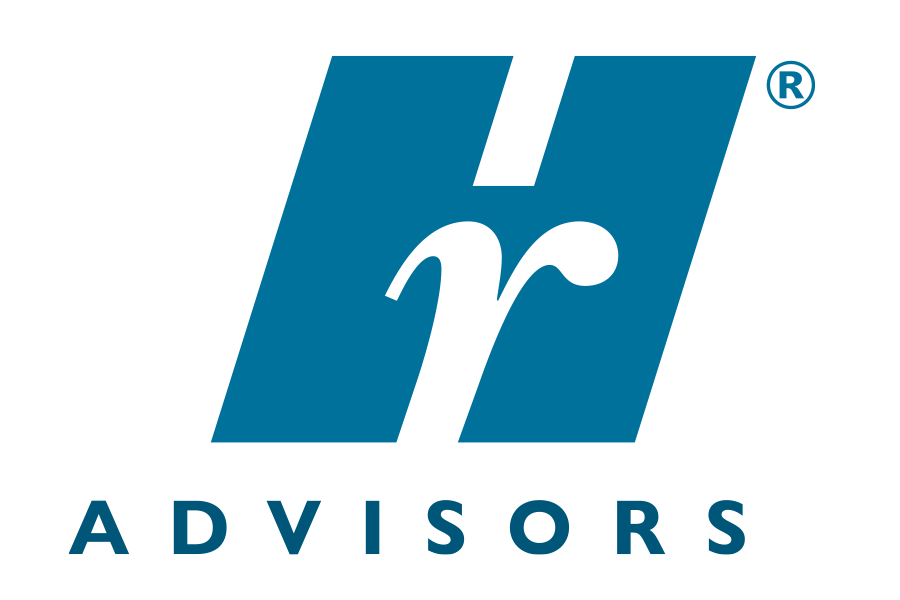Too Many Jobs, Not Enough Workers
According to the June 2019 JOLTS report, not only is the candidate supply down and labor demand increasing, but the quit rate is up, as well—and this should come as no surprise given the favorable position the job market puts jobseekers in.
To put the lack of candidates into perspective, even if you were to place all unemployed people back to work (felons, criminal records, no educational degree, no industry experience, etc.), you still couldn’t fill all of the job openings in this country!
As the candidate-driven market shows no end in sight, we wanted to share best practices for hiring in these difficult times, which are outlined below.
Best Practice #1: Discover Candidates’ Motivations
Recruiters must understand that candidates are looking to improve their situation. This can look different, depending on the person. Some people want more money. Others may want a stronger/better culture and to work for a company they have greater faith in. Work/life balance is also a huge driver these days. And finally, shrinking or eliminating a big commute could help to sway a person to a new assignment.
Recruiters and hiring managers should be digging deeper into what it is that drives candidates to make a decision and focus on that piece of the puzzle. The game is no longer just about how much money people make, and that should be remembered when candidate discussions take place.
Best Practice #2: Pay Fairly
Seeing as the market demand is overwhelming the candidate supply, we should see a corresponding increase in wage growth, but that’s not the case. Wage growth is rising but still underperforming, and companies should be aware of the trap of not paying candidates appropriately. If a candidate has multiple offers and yours is the lowest-paying one, or not even rivaling the other offers, you’re going to lose the candidate.
Best Practice #3: Work with a Trusted Recruiter
Finally, partnering with a trusted recruiter or staffing firm. Recruiters educate their clients to help them understand the full scope of the employment landscape. While the unemployment rate is important, the difficulties businesses are feeling in the space are due to a massive increase in competition.
Businesses need to understand who and what they are up against and why this is driving candidate expectations so high. Luckily, it is a recruiter’s job to know this and keep a pulse on the job landscape and latest trends, which, in turn, provides businesses with a deeper and more clear insight that can help inform their recruiting strategy.
As employers across the country continue to struggle to fill the void, we’ve got to ask: What talent attraction strategies are working well for your company? Did you know we offer recruiting services? Please ask us how we can help!
